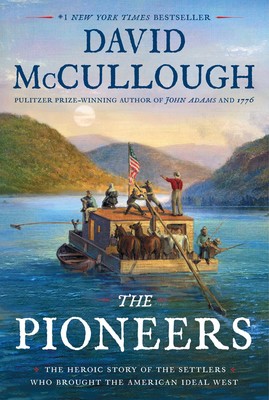 |
| Farkas brothers in World War II |
The children of Moritz and Leni created the Farkas Family Tree association to keep family members in close contact. It was active from 1933-1964, meeting up to 10 times a year, not including social events like a Thanksgiving party and fishing trips.
During WWII, service-members wrote home to the family tree about their military experiences. Happily, I have those letters and for Veteran's Day, I am excerpting from the letters to honor the service of two brothers on Veteran's Day: George and Bob, sons of Albert Farkas and Sari Sadie Klein Farkas. George and Bob were among my mother's first cousins.
George Farkas
In 1942, at the age of 19, George Eugene Farkas (1922-1949) enlisted in the U.S. Army Air Corps. His letters home to the Farkas Family Tree traced his movements through training and posts around the country, then his flights around the world. George initially trained at Maxwell, an air base in Alabama. He wrote home:
"This flying game is no cinch and you have to keep on the ball. You need a dozen hands and eyes to see and do everything at once. The first day he [the instructor] showed me some turns and glides and elementary stuff."However, George was soon shifted from pilot's training to navigator's training, where he did very well. More than a year after enlisting, George graduated as a lieutenant in the U.S. Army Air Forces.
In January, 1944, he wrote about his first full foreign mission: "twenty-three days travel during which time were in four continents, crossed two oceans, the equator, and changed seasons six or seven times." Their mission was a vital one: over and over, they delivered planes to various bases worldwide and repositioned planes as needed for the war effort.
While in London, George visited with his first cousin, WAC Sgt. Dorothy Schwartz (my Auntie, twin to my Mom) and experienced first-hand the bombing blitz. His letters home were candid, detailed, and vivid, eagerly awaited by everyone in the family tree.
Robert Farkas
 |
| Robert A. Farkas received a medal for WWII service |
One of Bob's letters is about being drilled in the use of firearms: "...the Garand, .45, carbine, Tommy gun, light and heavy machine guns, and the new anti tank gun, the bazooka. We are quite sure to be armed if we get to the Pacific theatre of operations."
By October of 1943, Bob was on a troop ship to England, then on to France and Belgium. By December, he was in the thick of the fray in Germany. He wrote home:
"I learnt more in the first couple of days of actual combat than I did in all the time that we trained in the States."Bob was stationed in Germany in 1944 and the early part of 1945. He wrote home to praise the troops he helped to patch up and to tell of the vast destruction the U.S. military had caused as it drove German troops away, town by town.
Bob also impressed his family with descriptions of the high level of care the medical corps provided in the field, including the use of plasma and a powerful new medicine, penicillin. Very conscious of the family's worries, he sought to reassure them with his letters and his positive spirit.
Saluting these and all veterans on this Veteran's Day.






















